Quantum Gravity Using (Hidden) Markov Models
Adam Getchell
University of California, Davis
Department of Physics
Why?
"Nevertheless, due to the interatomic movements of electrons, atoms would have to radiate not only electromagnetic but also gravitational energy, if only in tiny amounts. As this is hardly true in nature, it appears that quantum theory would have to modify not only Maxwellian electrodynamics, but also the new theory of gravitation."
— A. Einstein, Approximative Integrations of the Field Equations of Gravitation, 1916
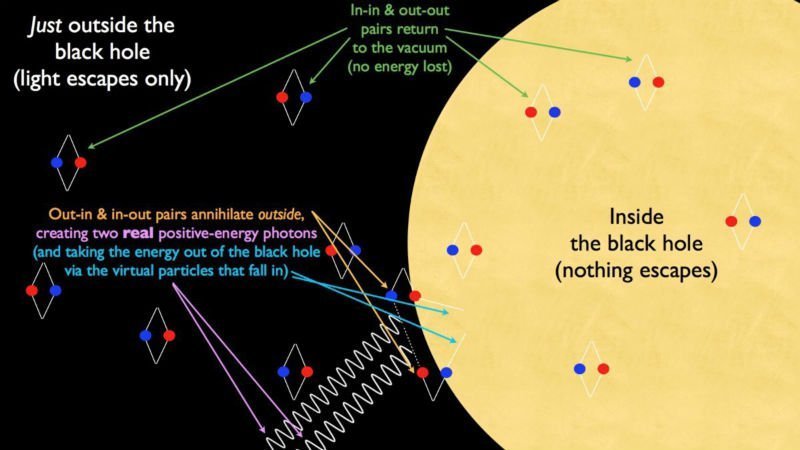
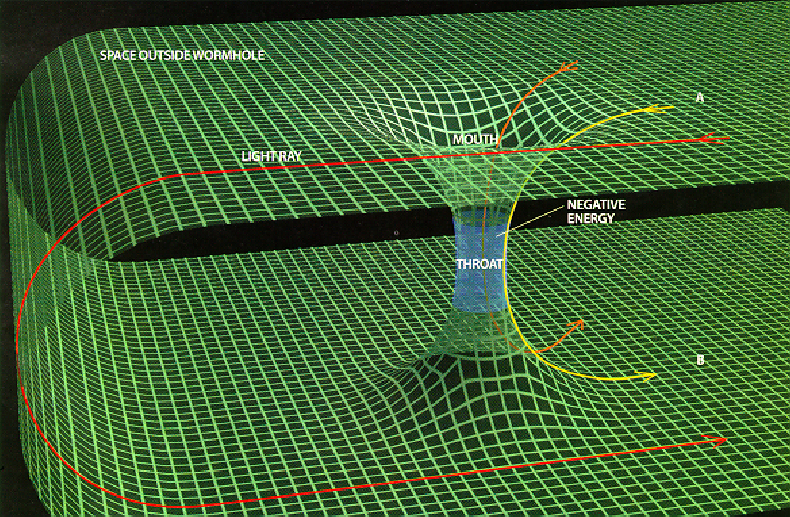
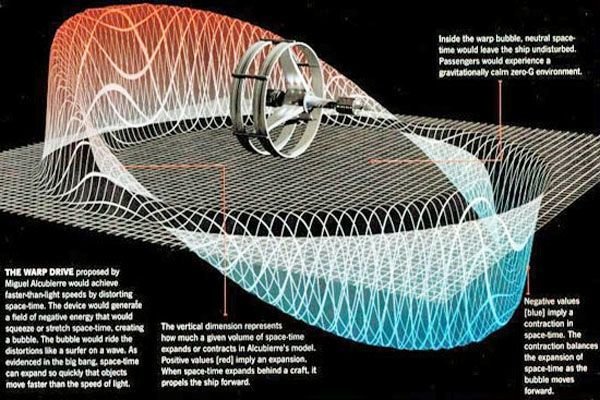
Synopsis

Set of States
256 timeslices, 222,132 vertices, 2,873,253 faces, 1,436,257 simplices
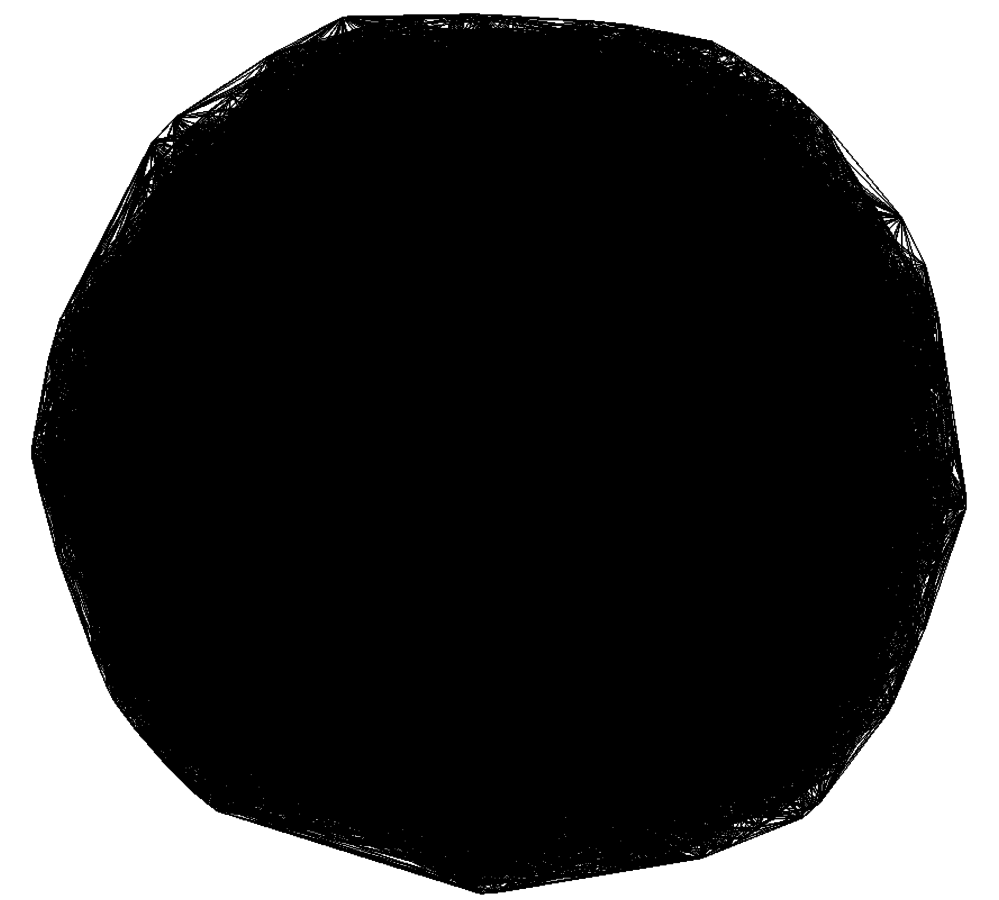
Output Alphabet

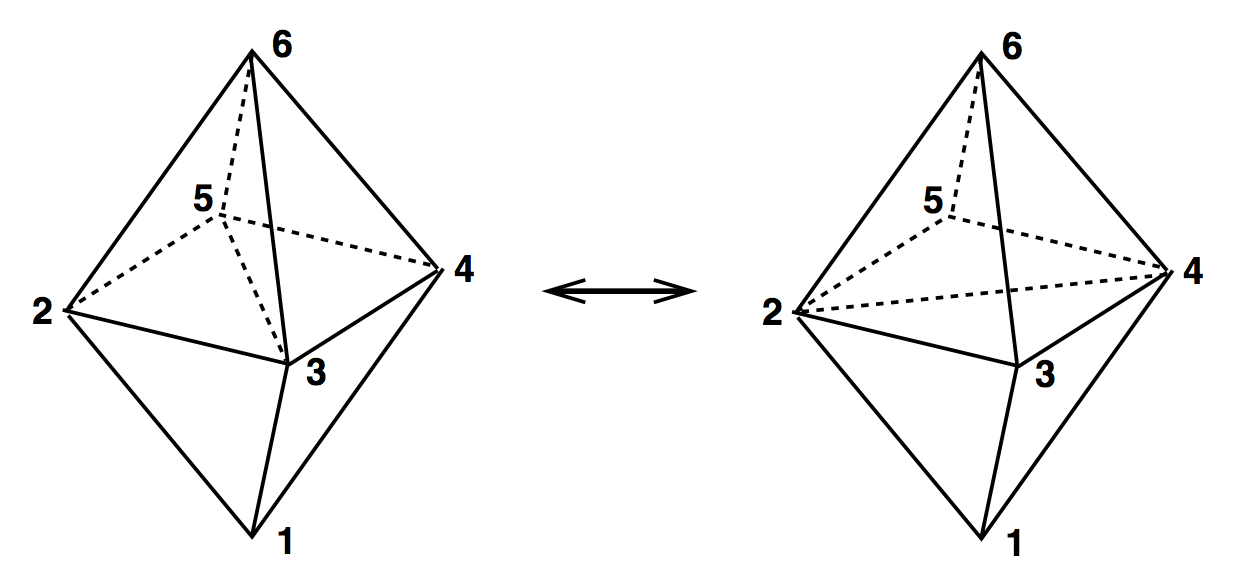
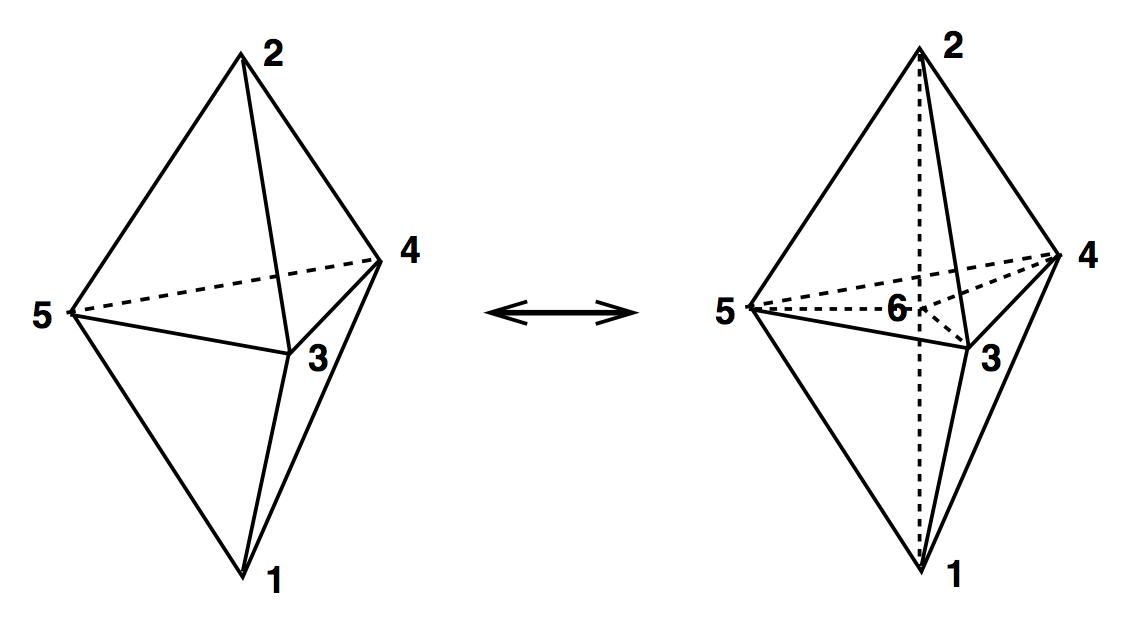
(2,3) & (3,2)
(4,4)
(2,6) & (6,2)
Simplices involved
Move name
(3,1) & (2,2)
2 (1,3) & 2 (3,1)
(1,3) & (3,1)
Transition Probabilities
- Pick an ergodic (Pachner) move
- Make that move with a probability of a=a1a2, where:
Output Probabilities
Wick rotation
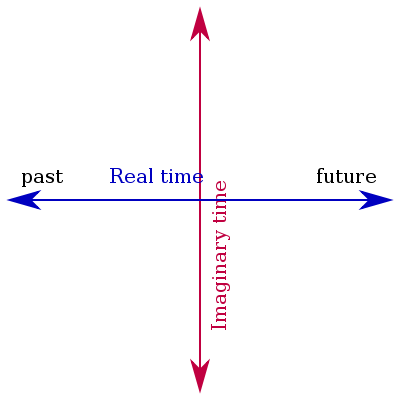
Background
Parallel Transport
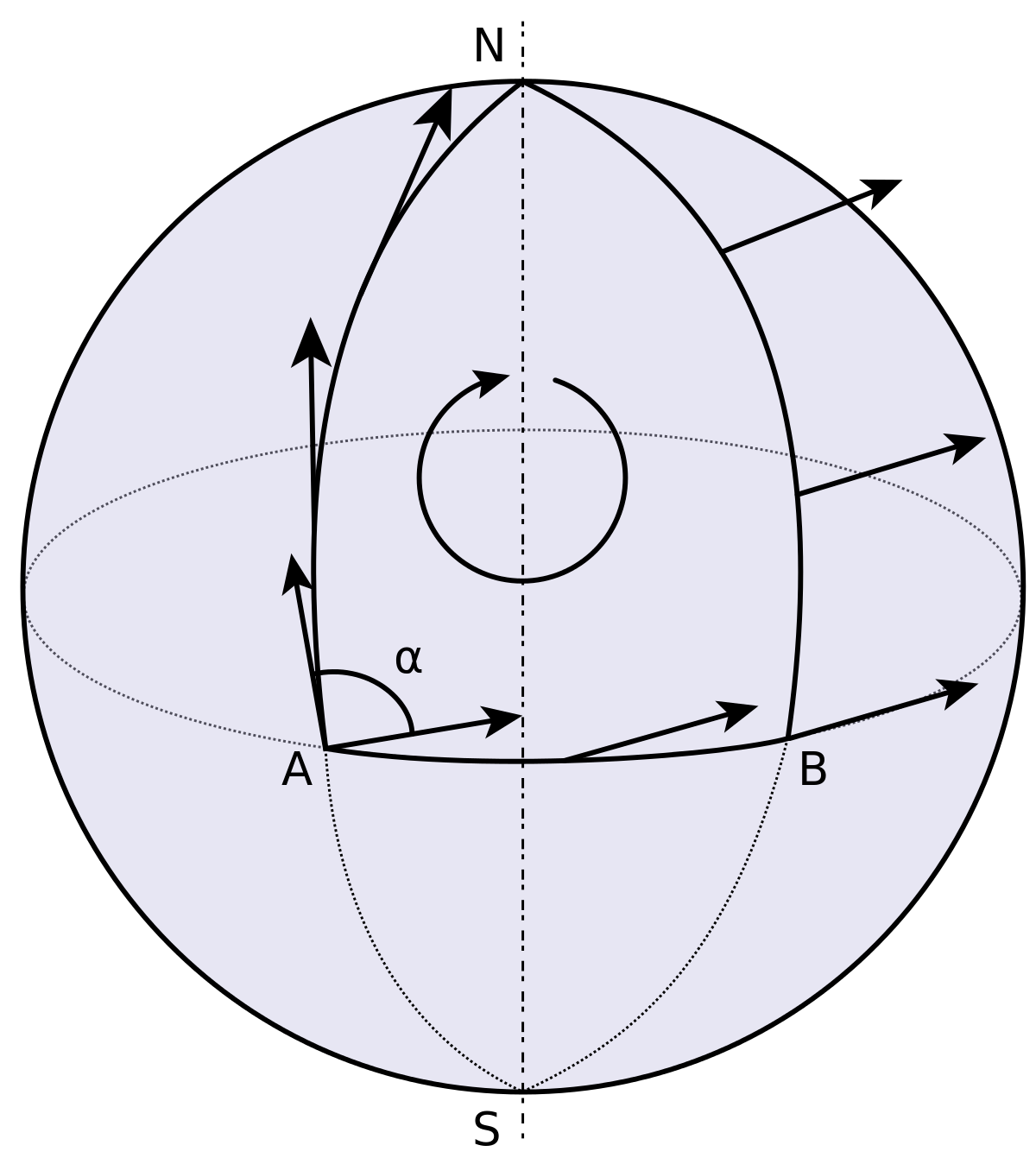
Metric
Affine connection
Riemann tensor
Ricci tensor & Ricci scalar
Path Integral
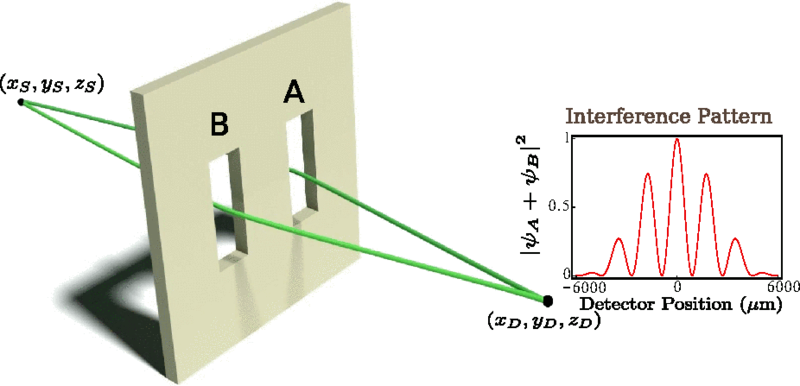
Path Integral
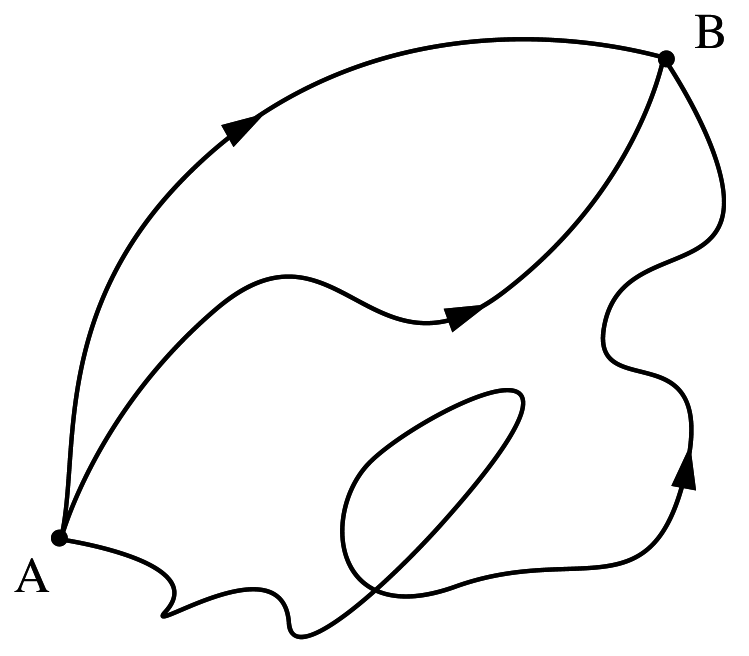
Equations of Motion
Ricci scalar
Cosmological constant
Ricci tensor
Ricci scalar
Stress-Energy tensor
Transition probability amplitude
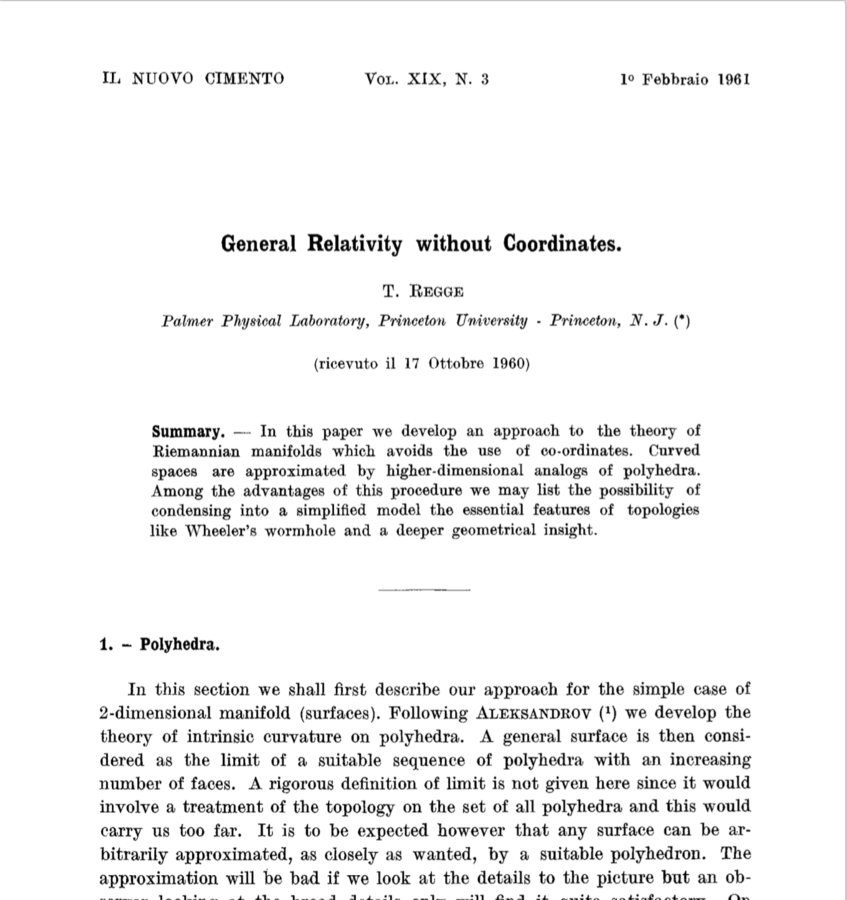
Simplicial Manifolds
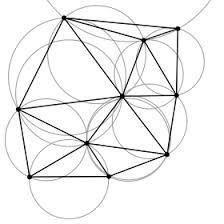
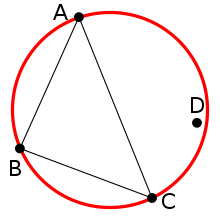
Delaunay Triangulation
Not a Delaunay Triangulation
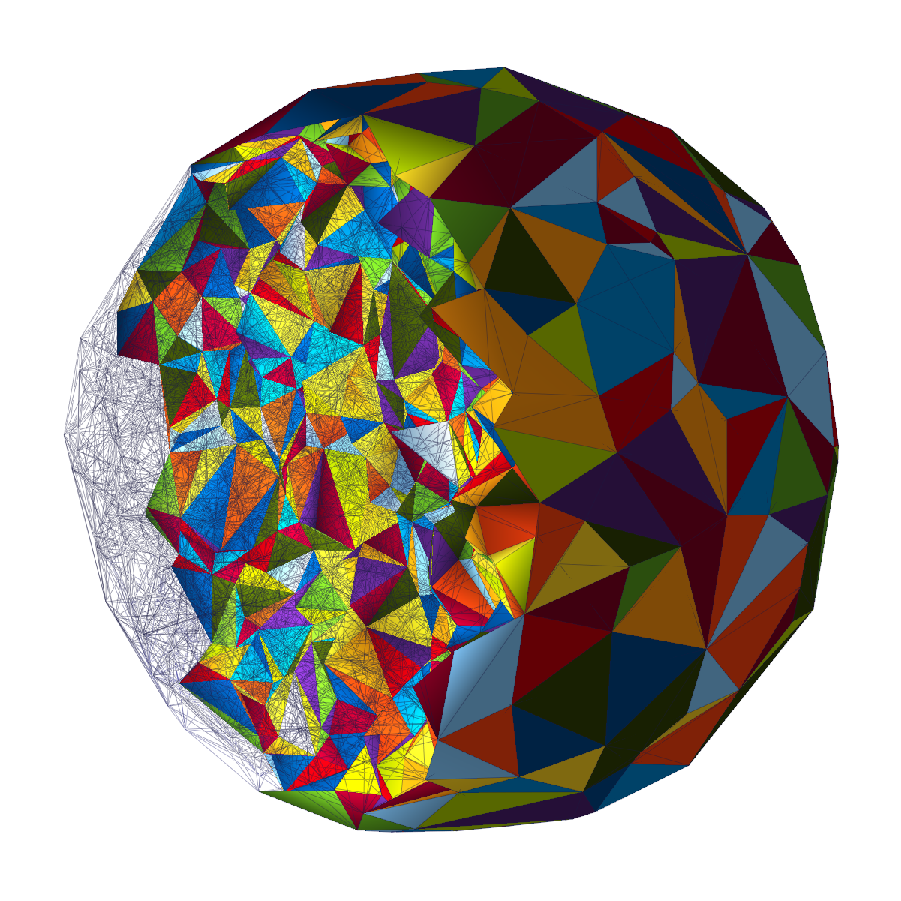
DT Path Integral
Inequivalent Triangulations
Regge Action
Partition Function
Transition probability amplitude
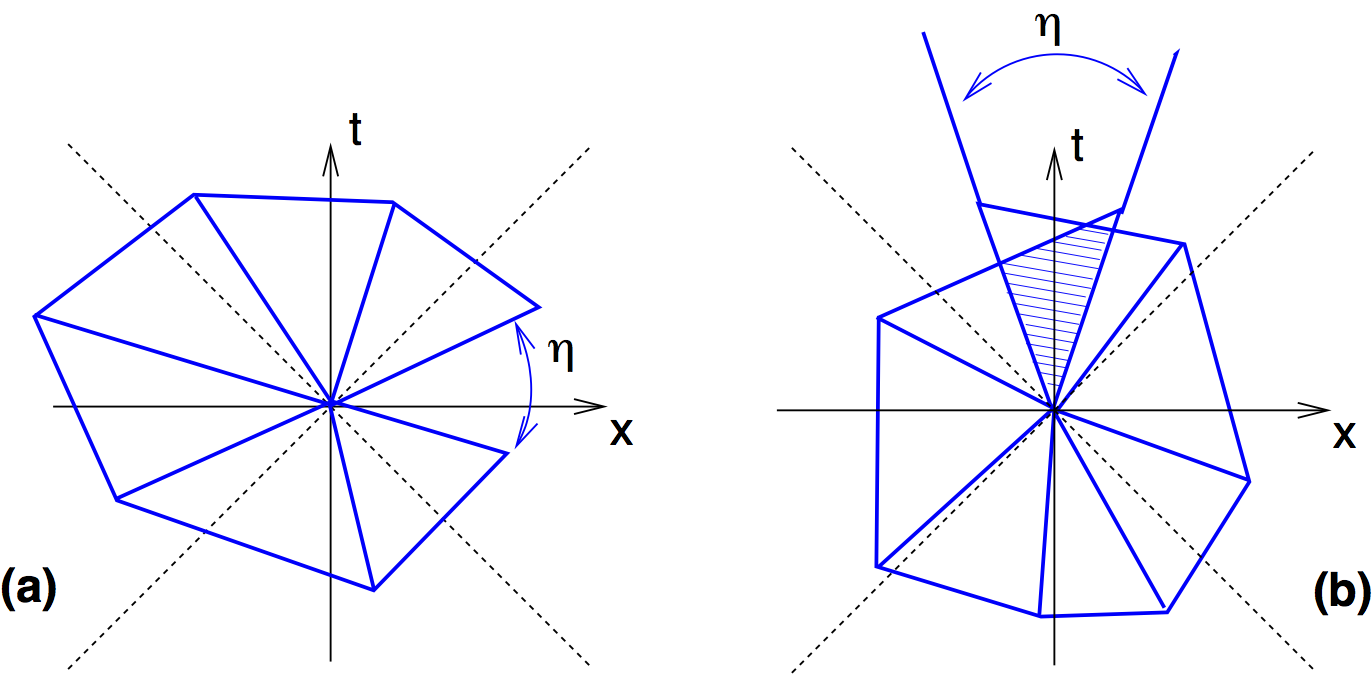
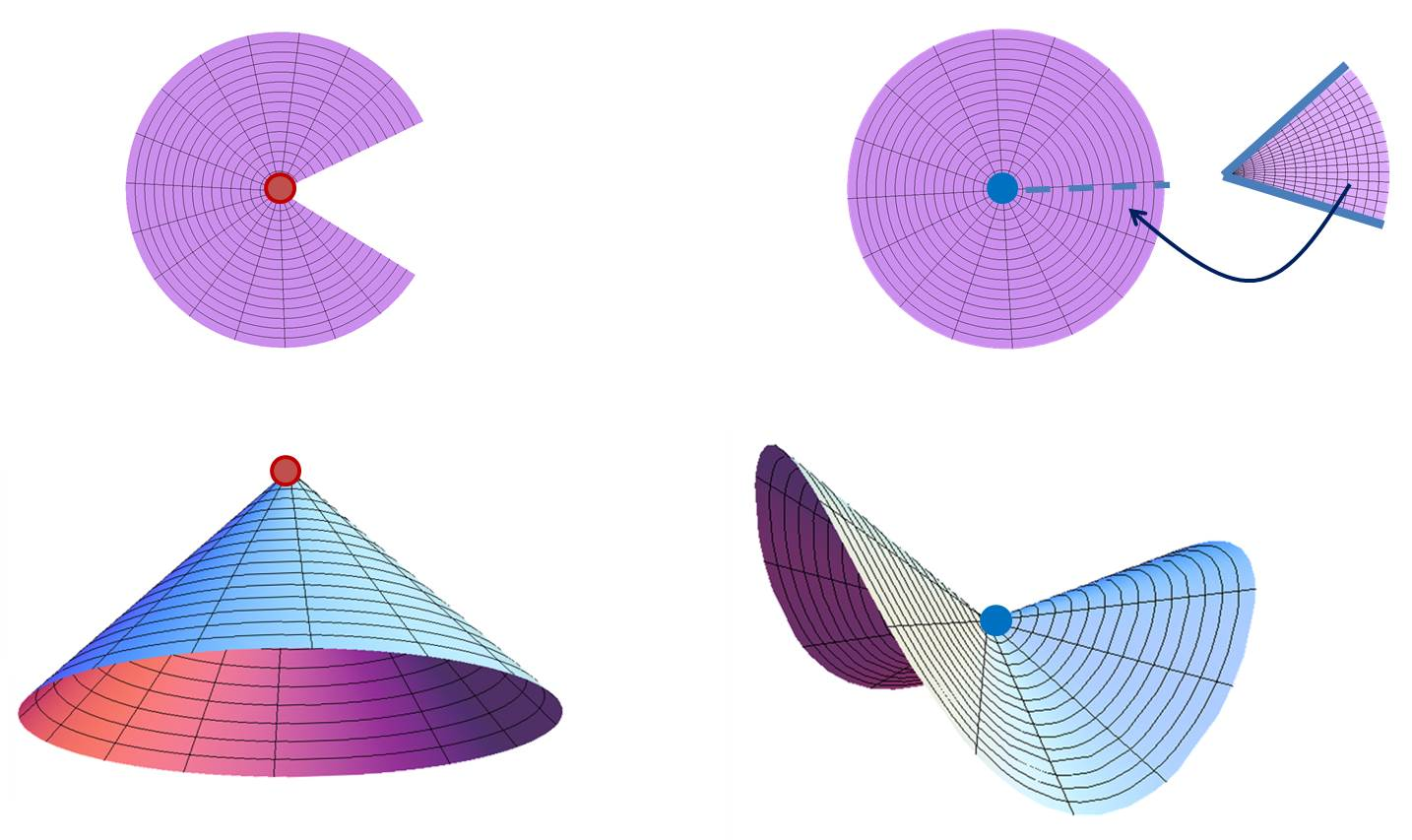
Foliation
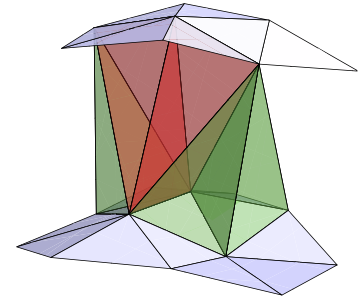
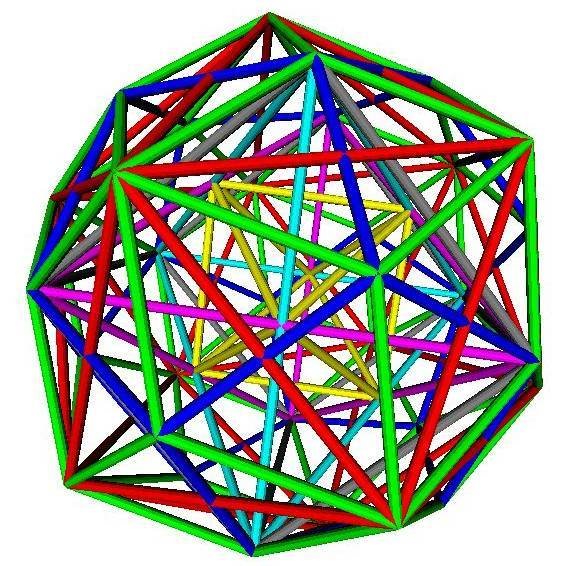
Mass = Epp quasilocal energy
- In 1+1 simplicial geometry, extrinsic curvature at a vertex is proportional to the number of connected triangles
- In 2+1 simplicial geometry, extrinsic curvature at an edge is proportional to the number of connected tetrahedra
- In 3+1 simplicial geometry, extrinsic curvature at a face is proportional to the number of connected pentachorons (4-simplices)

CDT Action

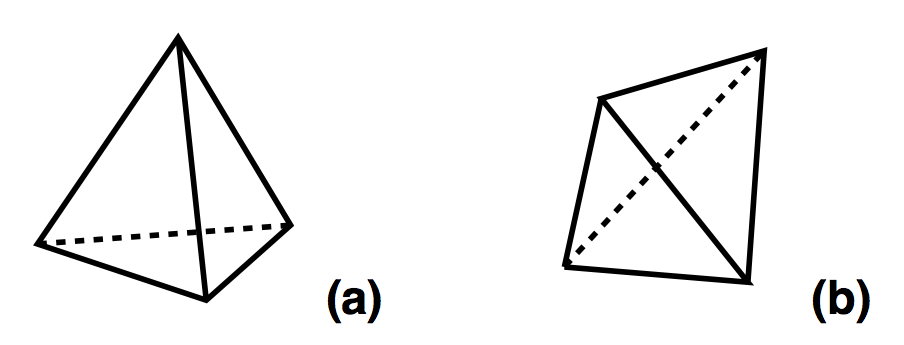
Metropolis-Hastings
- Pick an ergodic (Pachner) move
- Make that move with a probability of a=a1a2, where:
Transition Amplitudes
Wick rotation

CDT-HMM
By Adam Getchell
CDT-HMM
Quantum Gravity using Hidden Markov Models
- 412



